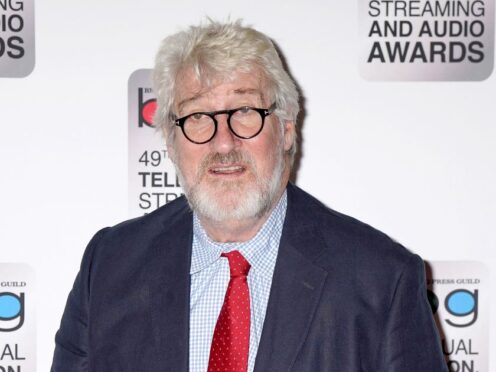First aired in 1962, brainiac game show University Challenge has been a mainstay on British TV for more than 60 years.
After almost three decades fronting the show, quizmaster Jeremy Paxman, 73, announced his departure last summer, with his final show set to air on Monday.
During his time on University Challenge, Paxman asked repeatedly difficult questions about everything from chemistry to classics.
– Pascal’s triangle
With audible gasps from the audience, Noble, from Newcastle University impressed when he answered a tough question about Pascal’s triangle.
Paxman asked: “If one, one is the second row of Pascal’s triangle, what is the seventh row.”
Noble responded: “One, six, 15, 20, 15, six, one.”
– Snob
In the final between Wolfson College, Cambridge and Balliol College, Oxford, on series 46 of University Challenge, Paxman tested the contestants capacity for mental maths.
He asked: “The atomic number of sulfur is 16, what is the sum of the atomic numbers of the four elements whose symbols spell the word snob?”
Goldman, from Balliol, Oxford answered 37, before team member Yang from Wolfson, Cambridge asked whether it was 31.
Paxman revealed that the answer was 36, as the individual atomic numbers are 16, seven, eight and five.
– Shocking pink
On series 46 of the show, a question about the shade “shocking pink” stumped the contestants.
Paxman said: “The packaging for a perfume launched in the 1930s by the designer Elsa Schiaparelli is the origin of the two word name of which colour, described in a contemporary publication as a ‘crude, cruel shade of rose’.”
Menkus from Imperial answered “Chanel pink”, which was wrong, while Goldman from Balliol, Oxford guessed “flame red”, which was also wrong.
– Gulliver’s Travels
In series 51 of the show, Paxman asked a question about the book Gulliver’s Travels which left the King’s College team silent.
He said: “In Gulliver’s Travels, which island is separated from Lilliput by an 800-wide channel, the two empires are involved in an on-going war over which end of a boiled egg should be broken.”
Mays from Imperial interrupted and got the answer wrong, while King’s College stayed silent, before Paxman revealed that the answer was Blefuscu.
